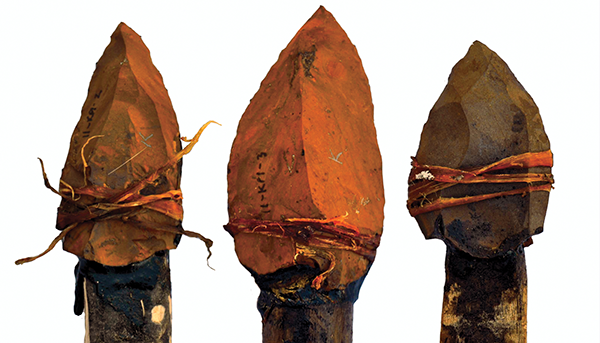
When did human ancestors begin walking on two legs and how do we know?
Most animals walk on four legs. As humans, we are unique because we walk on two legs. Two-legged walking is called bipedalism and there’s a lot of debate over which of our ancestors walked bipedally.
We can tell how our ancestors walked from their bones. We know how the bones of bipeds are shaped from our own bones. We also know how the bones primates who walk on four legs, like chimpanzees, are shaped. This allows us to compare our bones, and chimpanzee bones, to fossils to infer how they walked.
We aren't sure yet when exactly our ancestors began walking on two legs. Some scientists believe that Sahelanthropus tchadensis, who lived 7 million years ago, walked on two legs. Others think Orrorin tugenesis, who lived 6.1 million years ago, was able to walk bipedally. Their fossil remains are too incomplete to know for sure.
Ardipithecus ramidus lived about 4.4 million years ago in Africa. It is the first hominin we are sure walked on two legs. Ardipithecus was what we call a facultative biped, which means it was capable of walking on two legs but only did it sometimes. We know this from Ardipithecus' hip bones.
Australopithecus afarensis lived 3.1 million years ago. The Australopithecus fossils show that they were committed bipeds, which means they always walked on two legs. We know this because Australopithecus had a knee shaped like ours. Humans (Homo sapiens) are also committed bipeds.
Though we still don't know very much about how many of our ancient ancestors got around, the fossils of Ardipithecus and Australopithecus clearly show our lineage's bipedal history.
Be Part of
Ask An Anthropologist
By volunteering, or simply sending us feedback on the site. Scientists, teachers, writers, illustrators, and translators are all important to the program. If you are interested in helping with the website we have a volunteers page to get the process started.

